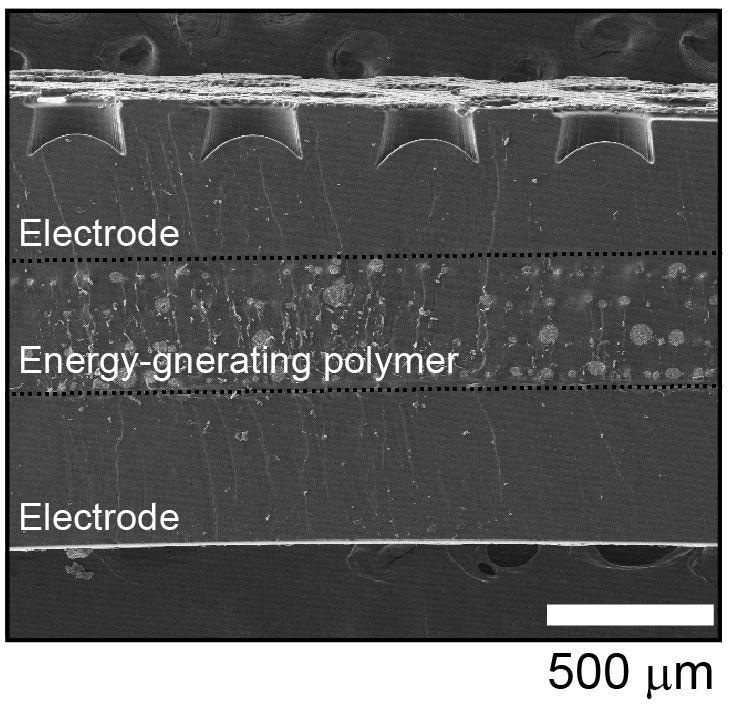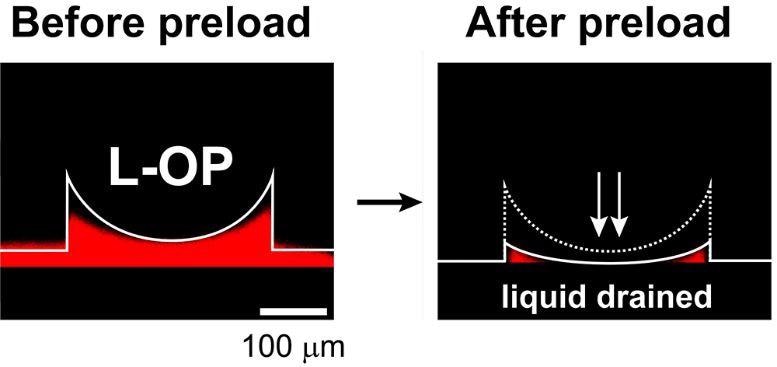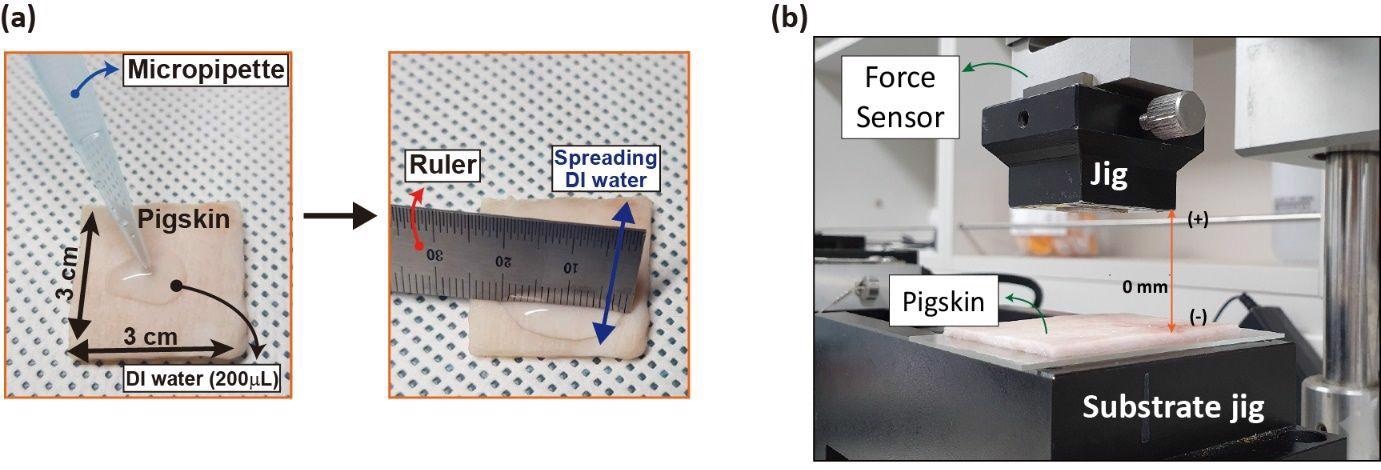 By Surbhi JainReviewed by Susha Cheriyedath, M.Sc.May 5 2022
By Surbhi JainReviewed by Susha Cheriyedath, M.Sc.May 5 2022In an article recently published in the journal ACS Energy Letters, researchers discussed the physical energy amplification using a skin-adherent piezoelectric patch with bio-inspired hierarchically arrayed 'microsuckers'.

Study: Conformably Skin-Adherent Piezoelectric Patch with Bioinspired Hierarchically Arrayed Microsuckers Enables Physical Energy Amplification. Image Credit: metamorworks/Shutterstock.com
Background
Wearable electronic devices that may be worn over or connected to human skin have recently received a lot of buzz for their potential uses in industries like healthcare, energy, robotics, and biomedical applications. Such devices, however, have short-term power supply issues, necessitating complicated power systems and frequent recharge.
Recently, a technique of charging electronic gadgets using self-powered energy harvesting technology has emerged as an alternative. Adapting piezoelectric and triboelectric principles, technologies are being developed to create a lightweight, thin, and self-powered wearable device that generates energy primarily through physical motions of the body, such as blood vessel flow, pulse, blinking, and joint movement.

SEM image of the h-OP patch. (Total thickness: ~1.3 mm). Image Credit: Kim, D et al., ACS Energy Letters
Recent research has concentrated on biocompatible lead-free piezoelectric materials for wearable applications. However, no research has been conducted on how to enhance the efficiency of energy-generating wearable devices by tackling skin adhesion.
Chemical-based adhesives can be used to achieve a high level of skin adherence. However, they may not be consistent, and they may infrequently cause skin harm. As a result, dry adhesives with repeatable application and high air permeability can prevent subsequent skin damage, making them essential for the development of skin attachment devices and wearables. The suction chamber's newly created convex structure has demonstrated exceptional adhesion capabilities on dry, wet, and uneven surfaces.
About the Study
In this study, the authors discussed the development of a hierarchically arrayed octopus-inspired pattern (h-OP) on the piezoelectric composite patch devices. Decohesion behaviors with bending-induced stress distribution were investigated by using the finite element method simulation.
The researchers reported the usefulness of a wearable energy harvesting device's firm adherence to the skin in boosting the corresponding efficiency of energy generation. Because of the persistent interfacial adhesion between the biological skin and wearable piezoelectric composite patch, a hierarchically constructed octopus-inspired pattern was applied to boost energy generation efficiency.
The team discussed the development of skin-adhesive and wearable energy-harvesting patch devices by combining stretchable polymer composite layers. On both sides of the proposed energy-generating polymer composite having K0.5Na0.5NbO3 (KNN) particle fillers, the carbon black (CB)-based polymer composite electrodes were joined.
The h-OP was then produced on the energy-harvesting device's skin-engaging surface. The area of the suction chambers was maximized by combining hexagonal arrays of the large octopus-inspired designs having a height of 300 μm, spacing of 300 μm, and diameter of 300 μm, and small octopus-based patterns having a diameter of 30 μm, spacing of 30 μm, and height of 30 μm.

Fluorescence microscopy cross-sectional images of drained water in edges of the dome-like protuberance structures in the OPs on the patch before and after applying preload. Image Credit: Kim, D et al., ACS Energy Letters
Observations
In both dry and wet situations, the output voltage was steadily increased when the bending angle was increased from 0° to 90°. Because of the suction stress effect, the normal adhesion of the h-OP patch was greater than 7 N/cm2 and was also eight times higher than that of a flat patch under dry conditions.
Because of its dome-like architecture, the hOP generated interfacial adhesion by the production of cohesive forces among liquid molecules, which allowed for strong wet adhesion to skin. The improved adhesion allowed for effective energy generation under stress as a result of the body's movements. The h-OP devices generated roughly three times the energy of implementations without a pattern when their wrists were bent 90°, which demonstrated stable adhesion and great energy generation efficiency even on moist skin.
When compared to the flat patch with 90° wrist bending, the patch with the OPs had about three times the energy-generating capabilities. Furthermore, the OP's waterproof adhesive property allowed it to be used in wet conditions. Because the protuberance-like structure inside the chamber boosted the suction stress due to its structural features, the h-OP patch had outstanding adhesion performance on both dry and moist skin surfaces.
The wearable patches could harvest electrical energy by efficiently transmitting kinetic energy generated by human motion, owing to their stable interfacial adhesion on the skin.

F(a) Preparation of pigskin (3 cm x 3 cm) graft from dry (relative humidity ~50 %) to sweaty conditions. Here, 200 μL of DI water is applied onto the dry pigskin and spread evenly across the surface. (b) Pull-off adhesion test with the pigskin graft using custom-built equipment. Image Credit: Kim, D et al., ACS Energy Letters
Conclusions
In conclusion, this study discussed the development of a hierarchical skin patch with skin-attachable octopus-inspired patterns and water resistance to achieve magnified energy output in wearable piezoelectric composite patches. Using an energy-generating piezoelectric composite made up of KNN particle fillers and a polydimethylsiloxane (PDMS) matrix, a traditionally structured generator was prepared. Wearable and skin-attachable energy or sensor devices could benefit from the KNN-PDMS piezoelectric composite. High adherence to dry and moist surroundings was provided by the piezoelectric composite patch with hierarchical OP.
Geometric parameters and material characteristics were used to evaluate the suction force of hierarchical OPs. It was demonstrated how the patches could be used to make self-powered energy harvesting devices that are skin-adhesive and water-resistant. Despite repeated detachment, the proposed patch retained good adherence and demonstrated energy production originating from joint motions of the human body without the need for chemical adhesives. Although the energy generation from the KNN-based composite piezoelectric energy harvesting patch was in the 5μW range, it was projected to be employed as a self-generation source for small wireless electronic devices.
Disclaimer: The views expressed here are those of the author expressed in their private capacity and do not necessarily represent the views of AZoM.com Limited T/A AZoNetwork the owner and operator of this website. This disclaimer forms part of the Terms and conditions of use of this website.
Source:
Kim, D. W., Kim, H., Hwang, G-T., et al. Conformably Skin-Adherent Piezoelectric Patch with Bioinspired Hierarchically Arrayed Microsuckers Enables Physical Energy Amplification. ACS Energy Letters 1820-1827 (2022). https://pubs.acs.org/doi/10.1021/acsenergylett.2c00259